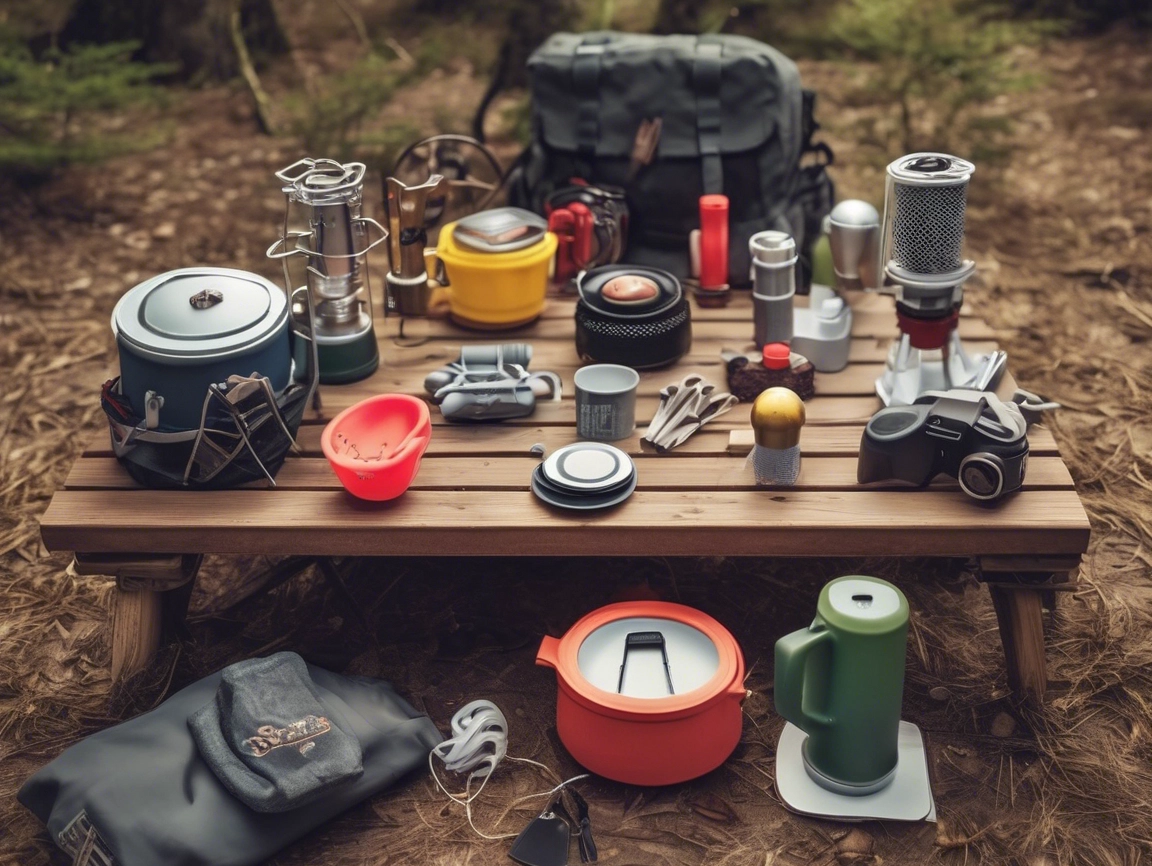The idea of 3D printing camping gear sounds like something out of Star Trek—but in 2025, it’s a reality. From lightweight utensils to tent clips and cord locks, makers are pushing the limits of field-ready gear made at home.
But not everything you print belongs in the wild. So we tested, broke, and field-reviewed common 3D-printed items to find out what’s worth packing—and what should stay in your gear closet.
What You Can Successfully 3D Print
If you’re planning your next adventure and want to supplement your loadout, here’s what we found works reliably with PLA+, PETG, or TPU:
- Tent pole clips and guyline tensioners
- Carabiners (for gear attachment, not climbing)
- Camp spoon/fork sets
- Hiking pole tip protectors
- Lantern hangers for inside your tent
- Firestarter kits (flint holders, ferro rod handles)
- Modular storage containers for backpack compartments
We recommend printing with PETG or TPU for flexibility and durability. Avoid PLA for anything exposed to heat or moisture—it warps.
Check out model libraries on Printables, Thingiverse, or Cults3D for templates tested by other campers.
Items That Fail in the Field
Some prints don’t survive the trail. We stress-tested common prints in simulated conditions—heat, moisture, pressure—and these didn’t make the cut:
- Water bottles or hydration packs (leaky, brittle seams)
- Structural tent parts under load or wind
- Knife blades or sporks (they snap under strain)
- Backpack buckles (fail under tension unless reinforced)
- Printed cookware (melts or deforms near heat)
As a rule of thumb, don’t 3D print anything that needs to be waterproof, carry weight, or withstand flames. These should always be made from commercial-grade materials.
Nerdy Print Tips for Better Outdoor Performance
Want your gear to last beyond a weekend? These adjustments can make a huge difference:
- Infill settings: Use 80–100% for stress points (like carabiners)
- Wall count: At least 3 outer walls for anything under tension
- Print orientation: Rotate prints to distribute force along layer lines
- Material: PETG or TPU are weather-resistant and trail-safe
- Post-processing: Seal or coat with epoxy to increase durability
And yes—you can even make a flexible phone holder, a soap dish, or a camp tool organizer if you plan your prints right.
Real-World Use: Weekend Test Recap
We field-tested a 3D-printed camping kit on a weekend trail in Pisgah National Forest. Here’s what worked:
- Lantern hook survived heavy dew and gear shifting
- Utensil set was fine for basic meals but warped slightly in hot dishwater
- Tent stakes worked in soft soil but broke on rocky terrain
- Carabiners performed well when printed in PETG with reinforced hooks
If you’re printing gear, always bring a backup for mission-critical items—just in case.
Final Thoughts
3D printing your own gear adds a DIY flair to every adventure. While it won’t replace your ultralight tent or titanium cookset, it absolutely enhances your setup in smart, weight-saving ways.
Try printing simple items first, test them at home, and experiment with your own designs. You’ll soon find the sweet spot between nerdy creativity and field-ready practicality.
3D printing camping gear is no longer theoretical—it’s an adventure in itself.
